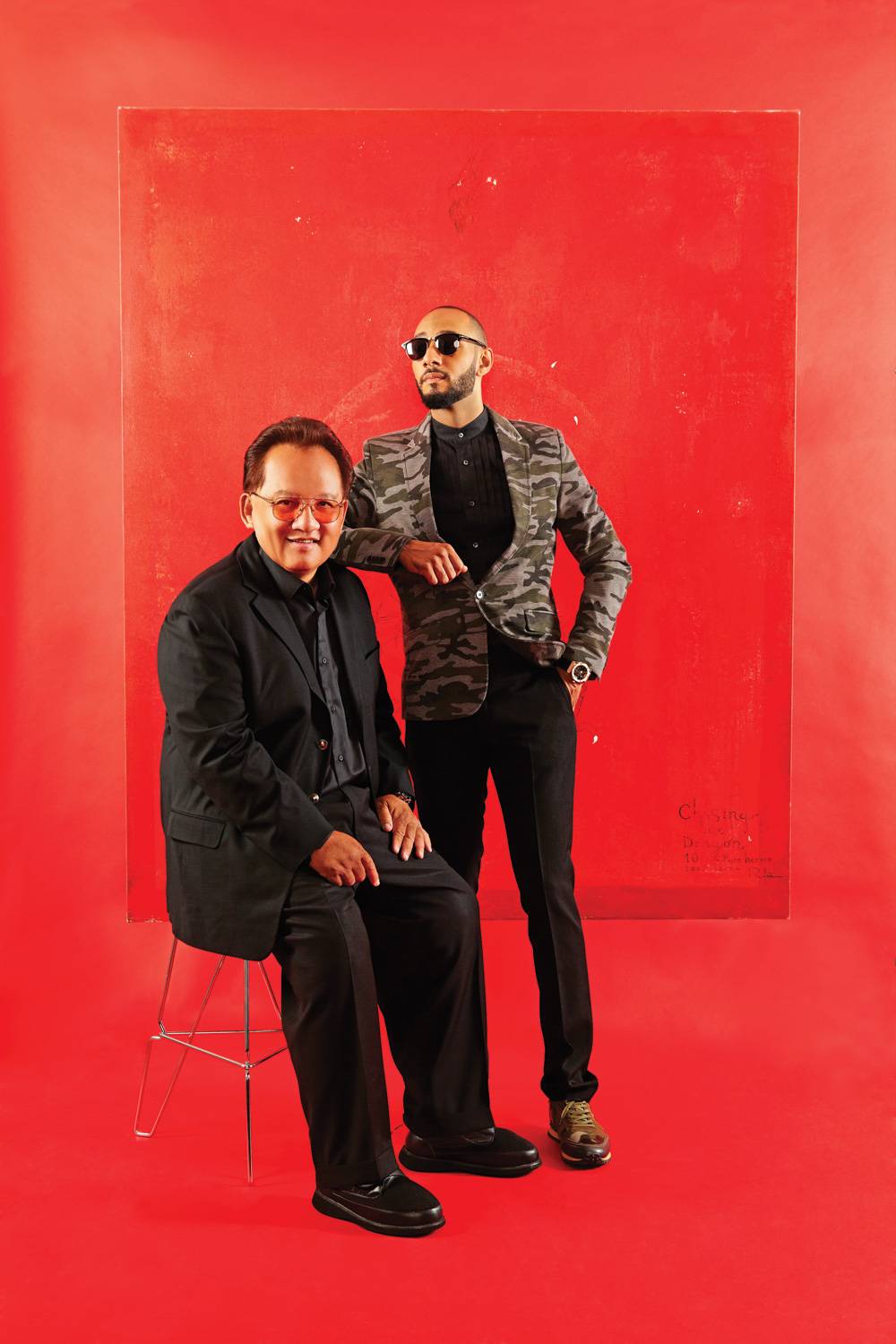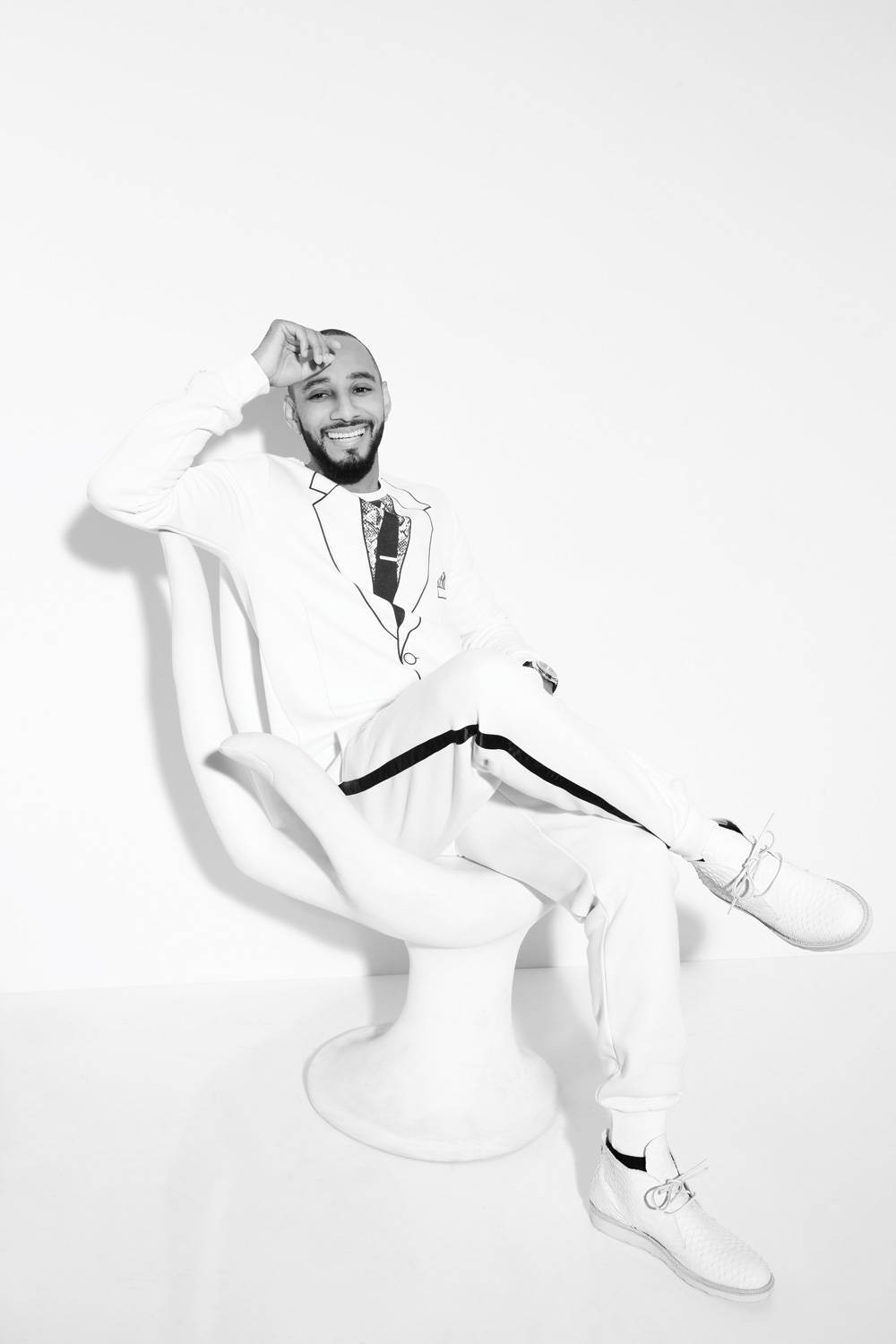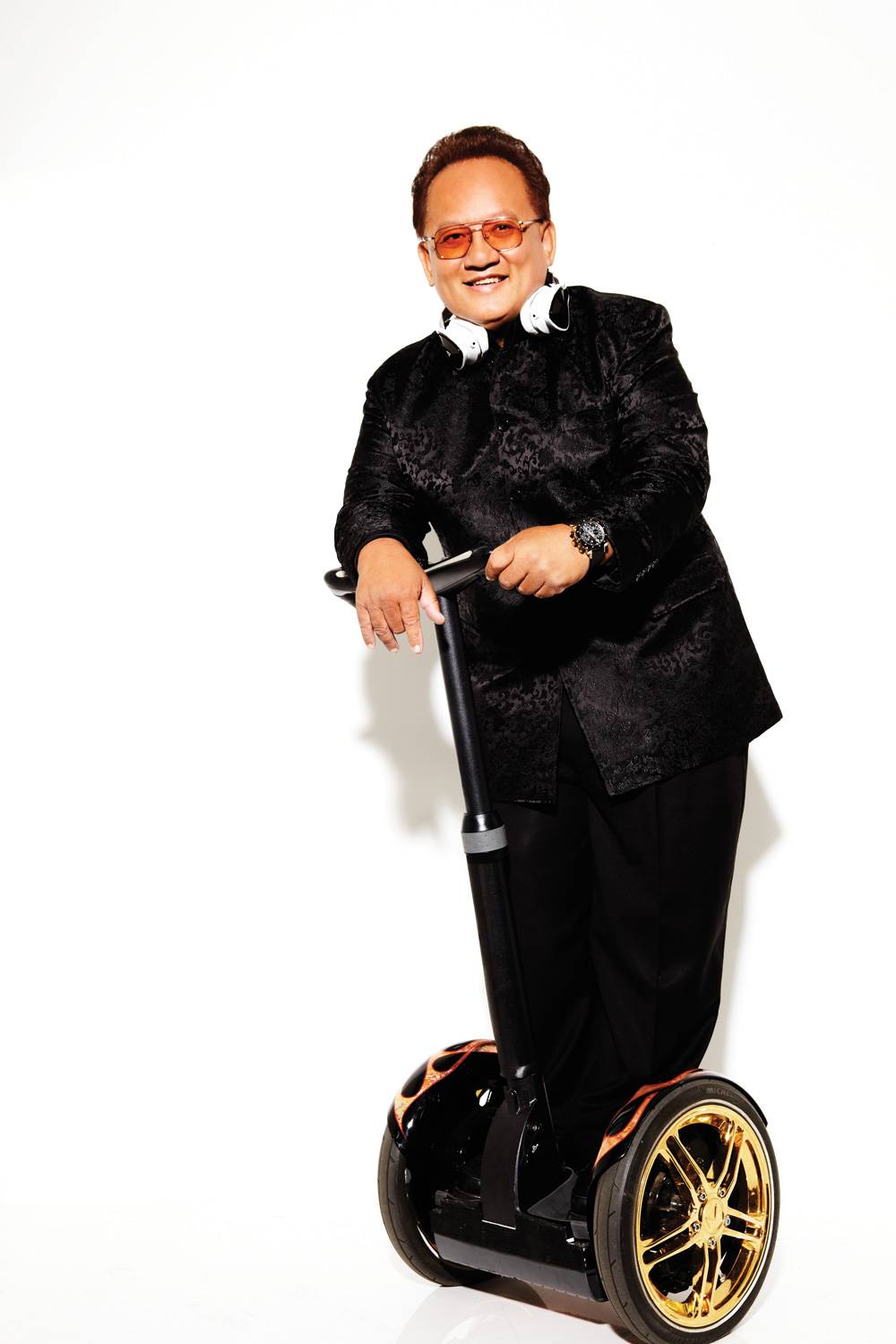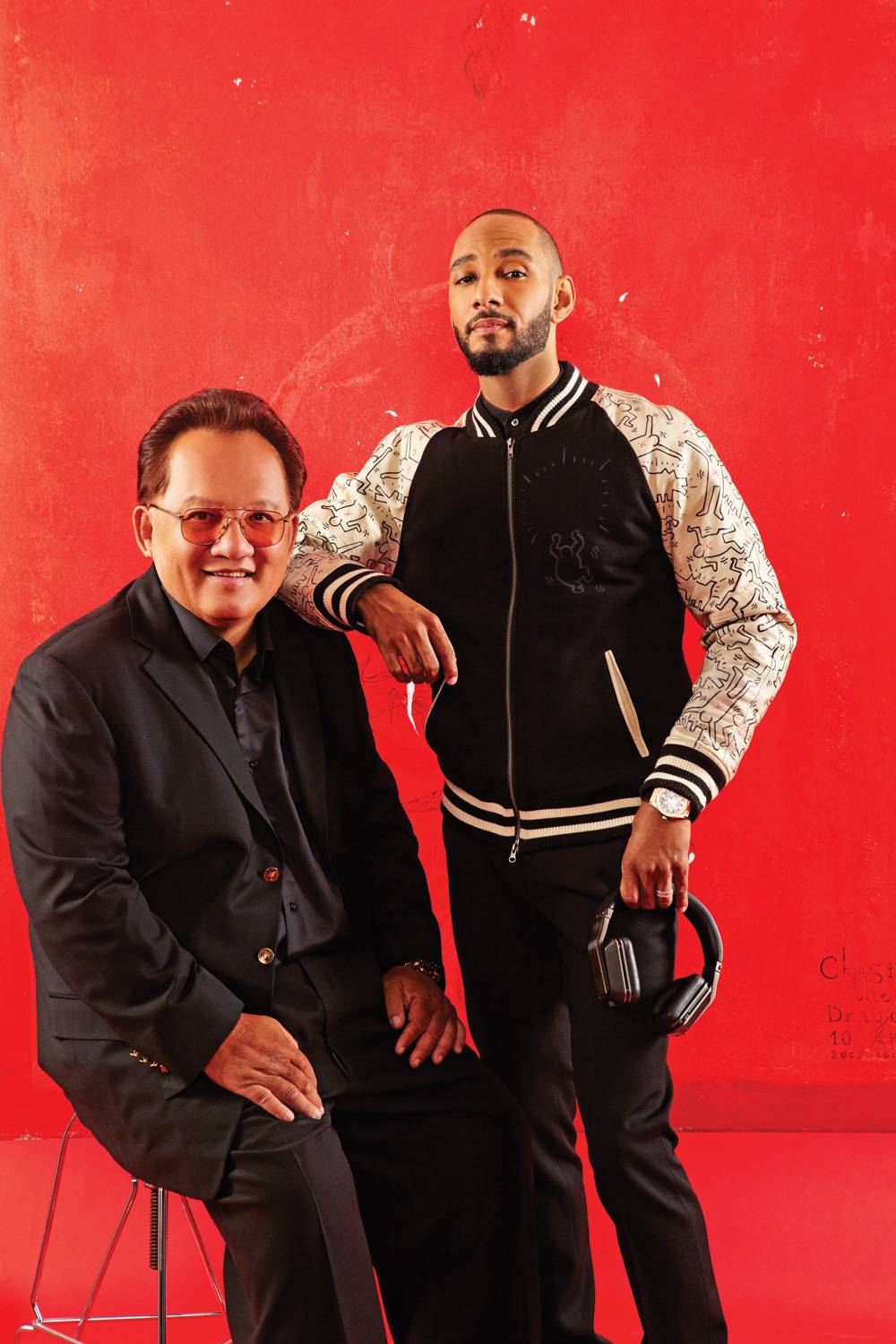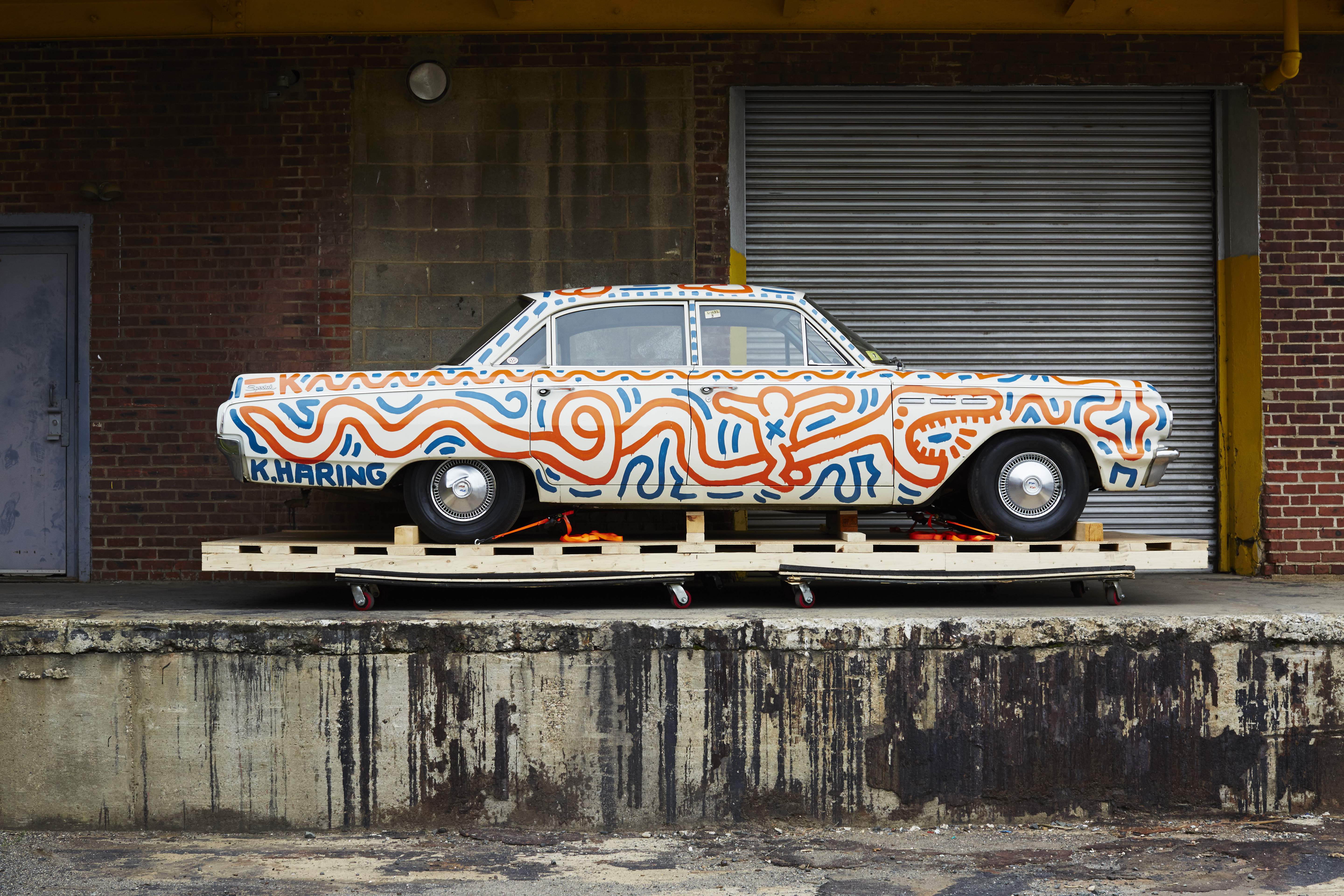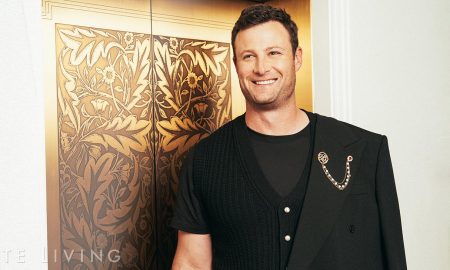One is the CEO of one of the world’s most famous consumer elec-tronics. The other is a Grammy Award-winning hip hop superstar. One was born and raised in San Francisco. The other in New York. So where is the intersection between Noel Lee and Swizz Beatz?
Noel Lee was born in San Francisco in 1948, to parents newly emigrated from China. As the Communist Party took over his parents’ homeland, Lee was raised to fulfill the traditional expectations placed upon second-generation immigrants. Namely, to become a doctor, engineer, or lawyer, and live out the American dream. After graduating from the California Polytechnic State University with a degree in mechanical engineering, getting married, and landing a job at the prestigious Lawrence Livermore National Laboratory, it seemed he was well on his way.
But a life behind the white picket fence was not what the fates had in mind. At 26, Lee shocked his family by quitting his well-paying job and going on tour as the drummer in a band. “I loved music, but I had no idea what the music world was like,” he said. “It took me a long time to decide whether I was going to take this jump or not. I said, ‘I’m either going to do it now, or I’m never going to do it.’ My family didn’t understand it, because we’d never had any experiences like that. I had followed the steps to become a responsible son, and this was a total detour. A 180-degree detour!”
Although Lee no longer plays drums, that leap of faith continues to define his life. Although he had been building his own amplifier kits and sound systems since he was 10 years old, it was Lee’s experiences onstage that catalyzed his lifelong quest for perfection in sound. After getting a taste of the real thing – the true sound of the instruments, without the distortion of amplification as the audience hears them – Lee set out to better recreate the listening experience of live music.
Although cables may not be what come to mind when you ask what the most critical components for delivering high quality sound, their role is crucial. Just as sound purists maintain that old-school analog technology delivers better audio than newer digital technologies, Lee realized that the all-purpose cables being used in the music world were actually hampering the sound. In 1979, Lee founded Monster Cable Products and began manufacturing high performance audio cables.
“It’s difficult creating a market,” Lee said, describing the resistance he initially faced. “If you have a product like speaker cable that everybody had, and you tell them that the cable they’re using is not good enough, and there’s an improvement, there’s a natural disbelief. There was no Internet, no blogs, no YouTube – it was just one demonstration at a time.”
Although some in the engineering community claimed it was impossible to quantify a difference in cables (or in tube vs. transistor, or digital vs. analog), the proof was in the pudding. “We had very strong advocates in the top recording engineers and musicians in the world who swore by our stuff, like Bruce Swedien, who did all of Michael Jackson’s recordings – he would carry around crates of the stuff,” Lee said. “An engineer says, ‘I can’t measure what you claim to hear, so therefore it doesn’t exist.’ The audio people say, ‘I can hear it, and if you can’t measure it, then you’re measuring the wrong thing.’ It’s always the audiophile that drives engineering to research more and figure out what is it that you’re hearing and how do we measure it.”
Since then, the company has transcended the niche market and crossed the divide into popular culture. Just as Starbucks introduced its customers to a new vocabulary (tall, grande, venti), Monster introduced the masses to what was previously the exclusive domain of audiophiles. “I educated people on terms that could help them begin to understand what they’re listening to, just like a wine lover needs a vocabulary to ‘get’ what they’re tasting,” Lee said. If Lee was an evangelist, then the spread of the good word was undoubtedly helped when Monster began producing Beats by Dr. Dre headphones.
“I loved music, but I had no idea what the music world was like,” Lee said. “It took me a long time to decide whether I was going to take this jump or not. I said, ‘I’m either going to do it now, or I’m never going to do it.’ My family didn’t understand it, because we’d never had any experiences like that.”
By the time Monster’s five-year contract with Beats wrapped up, the company had become a household name in the world of consumer electronics, well beyond its initial foray into cables. As Dr. Dre exited stage left, Swizz Beatz entered center stage.
Swizz Beatz burst onto the music scene at just 16, collaborating with DMX on what would become a chart-topping single. He would go on to earn a reputation as one of hip hop’s best producers, in addition to inking deals for his own albums. In 2010, he won a Grammy for “On To The Next One”, his collaboration with Jay Z. Besides collecting number 1 hits, Swizz has proven himself to be richly diverse. A champion of up-and-coming artists like Swoon (whose Hurricane Sandy mural covers the Bowery Wall on Houston Street in New York City) and a respected haute horlogerie collector (his personal watch collection was featured in the second issue of Haute Time magazine), Swizz has his finger on the pulse of popular culture.
In collaborations with brands like Reebok and Aston Martin, Swizz has parlayed that knowledge of the zeitgeist into the role of a serious businessman. “I began working with Monster when they reached out to me to help the company graduate to the next level,” Swizz said. “They already had some experience working in the world of entertainment with Dr Dre and Jimmy Iovine. When that partnership ended, Noel wanted to stay in that space, so he called me and we went over different ways that the partnership could make sense. We found a couple of ways, and not only is it a collaboration, it’s a true partnership, and I’m the first co-owner in Monster.”
While the brand had previously collaborated with Hublot, Swizz’s entry into the company has heralded a new era in partnerships. “I’m spearheading those relationships with Noel and actually pushing him to do more of those,” Swizz said, “because Monster is not a headphone company, it’s an electronic company, and it’s very important for us to let the world know that everything that represents quality can be powered by Monster.”
“Everybody is very, very excited,” Lee said of the new partnerships. “For Lamborghini to do a deal with Monster to do sound systems is a leap of faith from them that Monster really knows the audio, and that Monster’s fans, and the influence Swizz will bring to it, will help their branding not only with older people who can afford the brand, but also the young hipsters, the young business people, the young entrepreneurs, the young millionaires and billionaires who are being created every day in Silicon Valley. That’s our target audience.”
“Our collaboration with these really, really big names is just the beginning of our 35 years,” Lee continued. “We’re beginning our next 35 years, and we feel like a startup. We call ourselves a 35-year-old startup. We always think about how we can be better, not how we can be the same. Our product mantra is always lead, never follow. This is our execution of that.”
Besides their mutual love of cars and watches (according to Lee the two are constantly trying to outdo each other), Noel Lee and Swizz Beatz have been brought together by a desire to bring an emotional connection to the masses. Whether it’s an album or a painting, cables or headphones, there is a meeting of minds in the intent behind their actions.
“The revolution will be powered by Monster,” Swizz concluded. “He’s a genius, and you put a genius with a student, you’re in trouble, and that’s what this is.”







